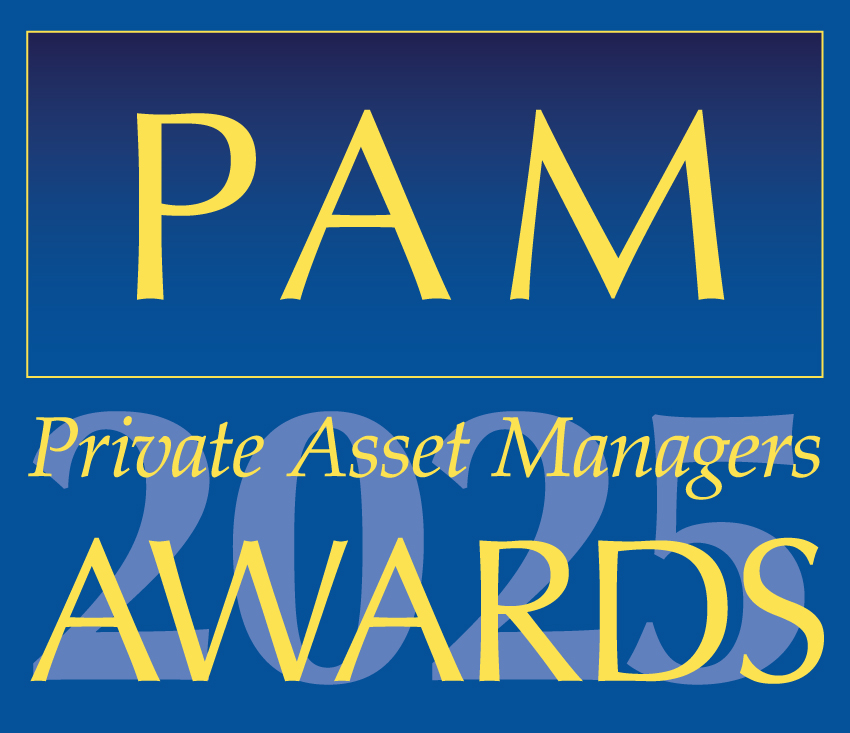The final month of 2023 was a strongly positive one, with a remarkably quick worldwide rally erasing any prior year to date losses across multiple asset classes. We had seen many similar swings in sentiment throughout 2023, both positive and negative, driven by everything from the price of oil to the solvency of banks. In the end, however, it was the market’s ever shifting assessment of the global inflation outlook, particularly in the crucial US economy, which ultimately caused December and the year as a whole to end on a positive note.
Prior to the final two months of the year, a series of relatively ‘hot’ US monthly inflation figures had been weighing on the market mood, as they implied that the painful increases in interest rates, which have been absorbed so far, may not be finished. This was in part fuelled by the messaging and estimates coming from the Federal Reserve, but also by real world data from which it remained frustratingly difficult to unpick a convincing trend. Markets had been sliding from the end of summer until the data trends finally began to turn more convincingly in early November.
A modest softening in US labour markets, followed by a slightly weaker than expected October inflation reading, sparked a global rally across asset classes. Investors quickly extrapolated some genuinely good news on US inflation into nearly all markets and geographies, as these US trends are assumed to be front runners for what will inevitably happen elsewhere. This process began in November and gathered pace throughout December, fuelled in particular by the December meeting of the US Federal Reserve, which kept interest rates on hold and offered dovish commentary for the year ahead.
The Bank of England behaved similarly at their December meeting and the combination of encouraging messages from central banks prompted markets to move swiftly to price in a significant series of global interest rate cuts for the year ahead, beginning roughly around summertime.
Our own view is that there is indeed much to be cheerful about and that the positives will more than likely outweigh the negatives. However, we would also expect that the journey over 2024 will continue to be very noisy, volatile and erratic. The peak in post Covid inflation has clearly passed and interest rates have stopped increasing worldwide. Consensus forecasts from investors and central banks do indeed project a more benign macro-outlook than they did coming into 2023, and recent evidence does seem to support this view. However, as global inflation risks look to exit stage left, other more truculent issues remain and will prove harder to overcome.
Do you need help managing your investments?
Our team can recommend an investment strategy to meet your financial objectives and give you peace of mind that your investments are in good hands. Get in touch to discuss how we can help you.

There is a long list to choose from, with perhaps the most important being the level of indebtedness which governments have encumbered themselves with. This debt will need to be serviced and populations are not in the mood for cutbacks on spending to fulfil that role. In a normal year this could, perhaps, be less of an issue, but 2024 will host an unprecedented 60 elections globally, with nearly half the planet’s population voting on new administrations. How these new governments communicate their policies to bond markets, which have, in general, geared themselves up for good news, remains to be seen. The 2022 UK example with the Liz Truss administration remains a potent illustration of just how sensitive an issue this is for the many governments that spend freely and borrow heavily.
There are also some very key thematic positives which we must also include in our calculations. The potential impact of AI technology was a significant driver of global equity markets in 2023, although admittedly the benefits were only priced into an extraordinarily narrow set of big US tech firms. Nonetheless, the potential impact in improving corporate productivity is very real and increasingly something which investors think could impact profits positively within the investment horizon.
The shorter-term picture is unlikely to be much less volatile than it has been over the past few years. It will be a ‘noisy’ marketplace for some time to come, albeit one which should be a grounded on an improving underlying trend. There will undoubtedly be a period during which economic growth will be slowing and interest rate cuts will still be some way off. Similarly, we would not be surprised to see a few ‘sticky’ inflation figures testing positive sentiment. However, we think that another possible benefit of entering a more normal macroeconomic environment in the future would be the return of longer-term time horizons in markets. As central bank policy became ‘data driven’ over the past two years, market time horizons shrank accordingly, with prices swinging on monthly economic releases, with little effort given to longer-term thinking.
Our investment process, whilst keeping a necessary eye on short term issues, is built around looking for long-term opportunities, built upon durable trends. The exceptionally noisy past year has often hidden meaningful underlying change for the good. Japan exiting a period of over 30 years of low growth and deflation is one example. The twelve-year journey of Greek debt from ‘junk’ to investment grade is another. Real risks do remain – the glass is half full rather than full we would say – but with a longer-term perspective we think we can look forward to the future with more optimism than we have had for the last few years.
Do you need help managing your investments?
Our team can recommend an investment strategy to meet your financial objectives and give you peace of mind that your investments are in good hands. Get in touch to discuss how we can help you.

Article sources
Editorial policy
All authors have considerable industry expertise and specific knowledge on any given topic. All pieces are reviewed by an additional qualified financial specialist to ensure objectivity and accuracy to the best of our ability. All reviewer’s qualifications are from leading industry bodies. Where possible we use primary sources to support our work. These can include white papers, government sources and data, original reports and interviews or articles from other industry experts. We also reference research from other reputable financial planning and investment management firms where appropriate.
The views expressed in this article are those of the Saltus Asset Management team. These typically relate to the core Saltus portfolios. We aim to implement our views across all Saltus strategies, but we must work within each portfolio’s specific objectives and restrictions. This means our views can be implemented more comprehensively in some mandates than others. If your funds are not within a Saltus portfolio and you would like more information, please get in touch with your adviser. Saltus Asset Management is a trading name of Saltus Partners LLP which is authorised and regulated by the Financial Conduct Authority. Information is correct to the best of our understanding as at the date of publication. Nothing within this content is intended as, or can be relied upon, as financial advice. Capital is at risk. You may get back less than you invested. Tax rules may change and the value of tax reliefs depends on your individual circumstances.
Related blog posts
About Saltus?
Find out more about our award-winning wealth management services…
Winner
Investment Performance: Cautious Portfolios
Winner
Top 100 Fund Selectors 2024
Winner
Best Places to Work 2024
Winner
Best Financial Advisers to Work For
£8bn+
assets under advice
20
years working with clients
350+
employees
97%
client retention rate






